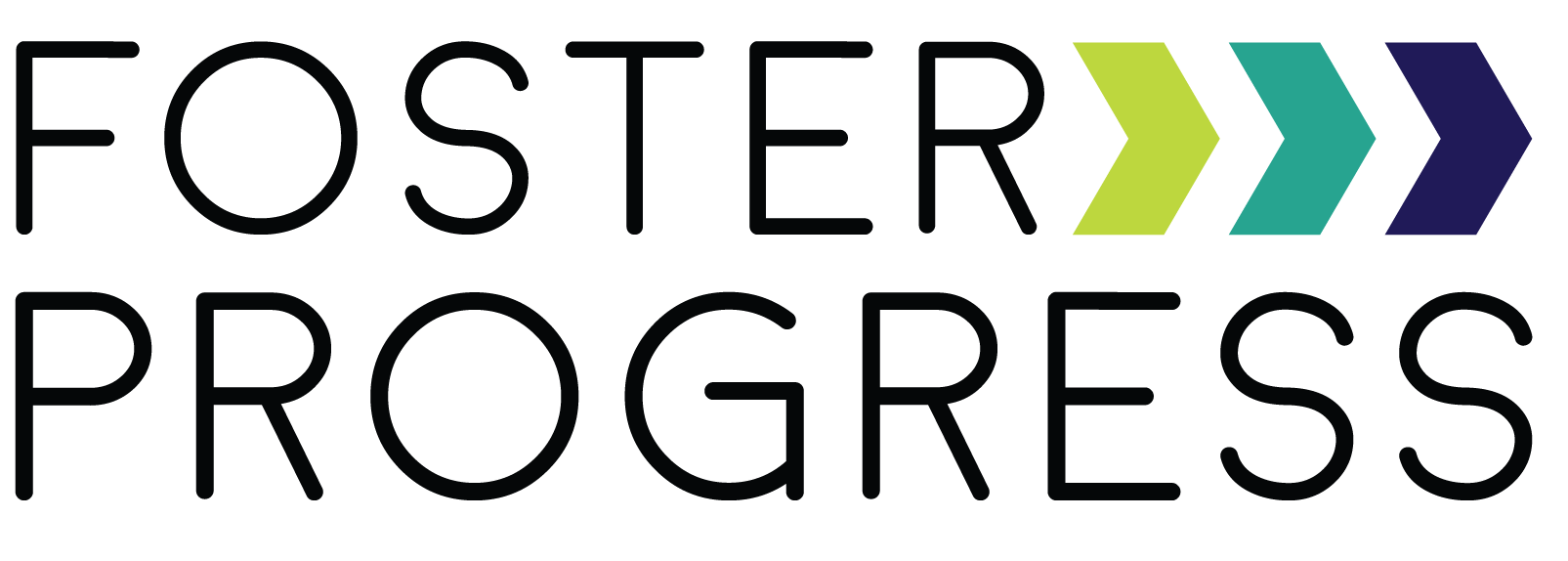Margaret's Journey
My mother’s foster brother’s girlfriend’s sister dropped me off at college. I’ll repeat – my mother’s foster brother’s girlfriend’s sister dropped me off at college. It was 2008 when she packed her 1997 red Ford Taurus with a large tote of my clothes and a pillow. I sat in the back seat and watched Detroit fade to highway and the highway fade to Chicago. I gripped a laminated page I had torn out of a old photo album, which contained the sole three photographs I have of my biological mother. There is one of her holding one year old me in her arms - there’s birthday cake all over my face and fingers. Another shows her and me standing next to the shiny new Taurus when I was 7. And in the last photograph, my mother is sleeping in a shimmery white dress in a blue casket.
I stood in the entrance of my new college dorm room at the University of Chicago, with those three photographs in my hand, and my large purple tote, and my pillow, I watched the red Taurus speed away back towards the highway, carrying my mother’s foster brother’s girlfriend’s sister back to a new life of her own.
Up until that point, college had been a mirage - a water-colored illusion of the future. Growing up as a second-generation foster kid, life was fraught with too many transitions to see around corners or anything that lay ahead. My story really starts with my mother, who was born some 30 years before, deformed and disabled, to two alcoholic parents. Her condition was such that she was taken immediately into protective custody at the hospital. In the state’s care, she grew up living in and out of foster homes and hospitals until she she was placed with “The Old Man” and his wife when she was 13 years old. The Old Man and his wife were compassionate people, the kind that rented school buses and took all the children on the block to the beach during the summers.
When my mother turned 18, and “aged out” of care, the Old Man and his wife kept her in their home. I was born there, and named after my mother’s foster mother, Margaret. I was loved and well cared for.
Then, a series of events occurred that threatened to undo the Old Man’s work - it was like splashing ink on our family portrait. When I was two years old, the Old Man’s house caught fire with all of us in it. I was thrown from a window and saved, but Grandma Margaret and one of the other foster children didn’t make it out. Shock waves rippled our family. After the fire, my mother and I remained with the Old Man, who moved into a new home and eventually remarried. When I was five years old, The Old Man died and my mother and I had to move in with her foster brother and his girlfriend. When I was eight, the foster brother and his girlfriend became addicted to drugs. Years of abuse and neglect took its toll on my mother as well, who died when I was 10. From there, I was placed with the foster brother’s girlfriend’s sister. That was four life-shattering events and living transitions that occurred before I was 10 years old. Four. Most youth in care experience twice that.
By the time I had reached high school, I had moved a half dozen times - enough “hellos” and “goodbyes” to make all new people look like cartoons, and all imaginations of the future like dreams you forget the moment you wake up. Like many youth in care, I moved between different relatives within the same network of family and extended family- this is referred to as “kinship” care.
I came to be raised by my teachers, coaches, and mentors in high school - and by my mother’s foster brother’s girlfriend’s sister. These adults saw the best in me. Their efforts and movement around me encouraged me to be successful in school. I was ushered to the doorstep of the college dorm by an army of caring adults who had no blood relation to me at all, but felt committed to see me through to independence - even when the State wouldn’t.
My mother’s last words to me were, “Go, Margaret, go,” and I have been going ever since. I was the amongst the first in my family to graduate from college. I kept going and pursued a graduate degree. I would not have been able to do achieve that without this community of supporters, who caught me when my family broke itself into sharp pieces that scattered across Detroit city blocks. I am now a licensed Clinical Social worker, and I have been so privileged to come full circle, and work within in a network of family members, extended family, school teachers, sports coaches, church leaders, caseworkers, and mentors who together create a community that gets youth from the playground to the college classroom, and all the way through to graduation. Together, we’ve got plenty of work to do.
